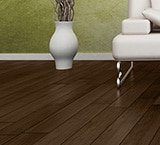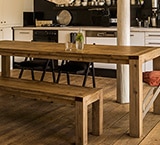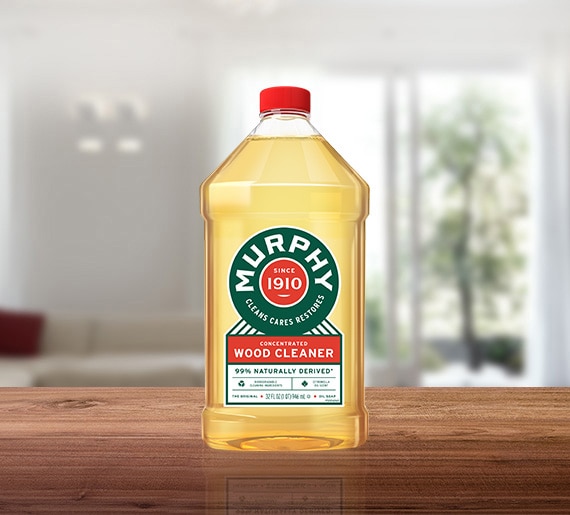WOOD FURNITURE, CLEANING FURNITURE
Three Problems Wood Floor Repair Can Address After Winter

PROBLEM #1: MOISTURE
Let's face it: All that rain and snow that comes with winter will eventually find a way into your house. Wet boots and dripping jackets are the classic culprits. The problem is this moisture can eventually seep into the floor boards, causing each wood plank to expand and push against one another. This in turn can lead to something known as cupping, wherein the edges of the board curve upward.
The solution? First, make sure there are no structural issues, such as moisture coming in from the sub-floor. Leaking pipes or ventilation problems can do this, affecting the humidity of the floor or even the room as a whole. If the room itself feels especially humid, running dehumidifiers to speed up the process might help.
In more serious cases, consider sanding the floor to make sure it
PROBLEM #2: CRACKS AND GAPS
Cold weather, by its nature, can cause wood floors to contract, forming gaps and even cracking the wood within or along the edges of the boards. Although these boards might expand again once spring comes around, or the heat in your house reaches a safe level of moisture, this isn't always the case.
One way to prevent this plank shrinkage is to reverse the solution of the previous problem: Use a humidifier during the winter months to prevent the air in the room from drying up.
Forgot to get around to it this past winter? You can still use a humidifier in spring to help boost the natural expanding process.
PROBLEM #3: SURFACE STAINS
Another enemy of hardwood during winter is road salt. If you live in an area where it snows regularly, you'll end up bringing at least some road salt into your house even if you wipe or shake your shoes before entering.
You should be cleaning the white stains caused by salt as soon as you see them, but you should also go one step further once spring arrives. Your best option? Use a Specialized Wood Cleaner to wash the floors so the wood isn't only cleaned, but also protected in the process.
When it comes to wood floor repair, maintaining your floors' good condition year round is a good start. And with a little extra care and a bit of conditioning after the final snowfall, your floors are sure to shine.
This article was brought to you by Colgate-Palmolive Company, the makers of Murphy® Oil Soap. The views and opinions expressed by the author do not reflect the position of the Colgate-Palmolive Company.









